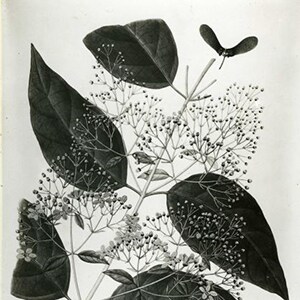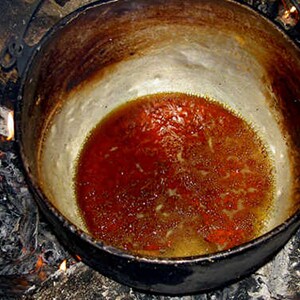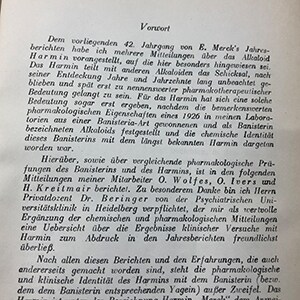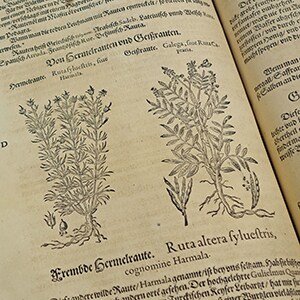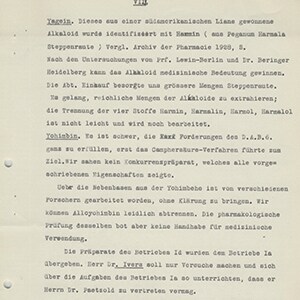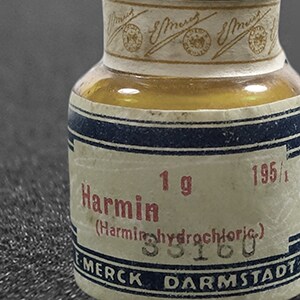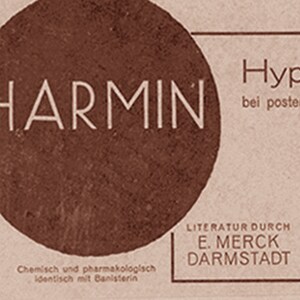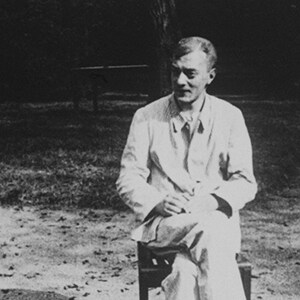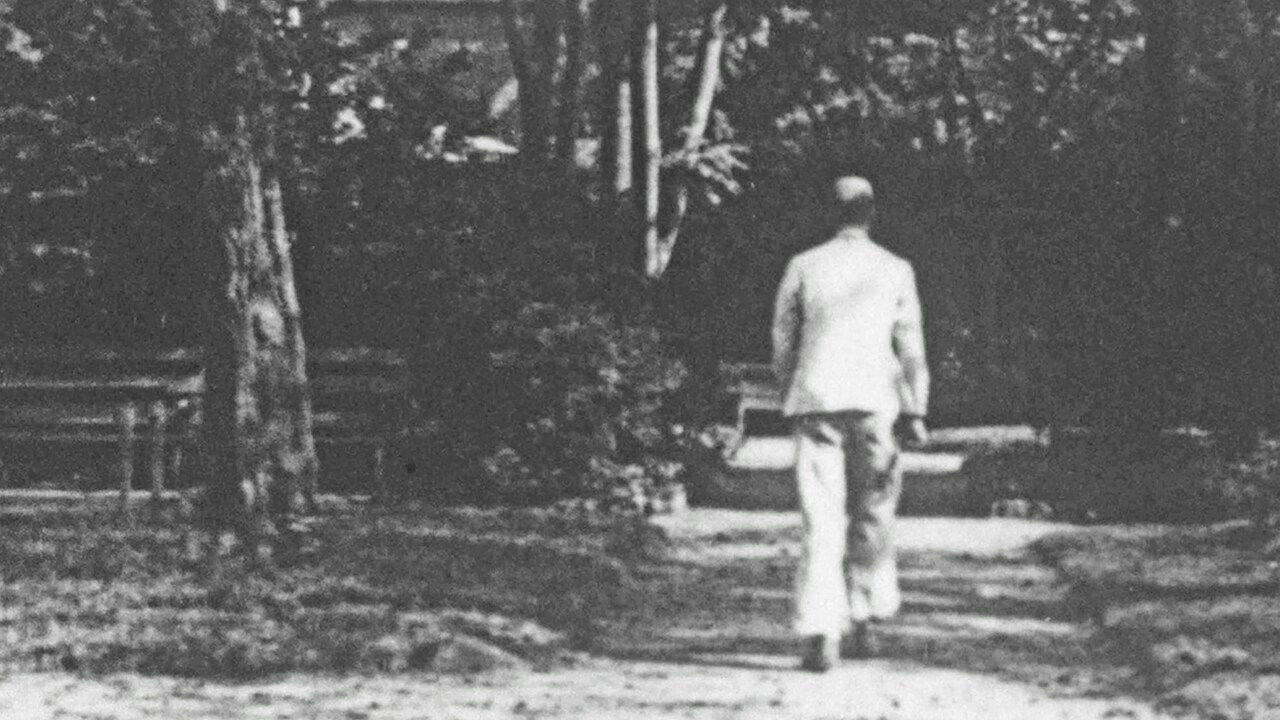
»Although the impact on the manifestations of postencephalitic parkinsonism is not sustained, the temporary relief of symptoms such as rigidity often restores inner calm.«
Annual Pharmacy Review of E. Merck, Darmstadt, Germany, 1932
Plants containing the alkaloids yageine and harmine are highly prized folk remedies. E. Merck, Darmstadt, Germany, a leader in alkaloid research, takes note. Might it be possible to put that knowledge to use? In 1926, the company asks a prominent pharmacologist, Louis Lewin, for support. Lewin is the author of a systematic classification system for psychoactive plants and has worked successfully with E. Merck, Darmstadt, Germany, on mescaline projects in the past.
There is considerable confusion around the nomenclature at first. Lewin calls yageine »banisterine«, and it eventually transpires after intensive research work that the alkaloid known as »harmine« is identical to yageine. This insight helps to advance the cooperation, however, as the company is able to isolate sufficient quantities of the active ingredient for medical research from Syrian rue, a readily available plant.
After some self-experimentation, Lewin reports »energy-boosting« effects and better mobility. This encourages him to administer subcutaneous injections to patients with neurological disorders, who indeed report an immediate »lightness of the limbs«. Might the ingredient be suitable to treat the disease named Parkinson’s after the man who first described it?
Lewin presents three patients with post-encephalitic parkinsonism at a medical conference where he showcases the dramatic improvement in their symptoms, and proposes delegating further investigation to two younger Heidelberg colleagues, Karl Wilmanns and Kurt Beringer.
Behringer documents a marked improvement in akinesia, stupor and oculogyric crisis in several cases. A number of hospitals report spectacular results. Some symptoms, notably mobility, improve after just one dose. However, the results are inconsistent on the whole. Warnings of unrealistic expectations are expressed. Brilliant therapeutic successes contrast with complete failures: »The reason for this unreliability of the therapeutic effectivity is unknown, likewise the alkaloid’s mechanism of action. « In most cases, the positive effects last barely an hour. Patients who »proudly showed all the things they were now able to do were disappointed«. Studies more or less indicate that conventional treatments are superior after all. Only the consistently reported »euphoria« receives a positive rating.
Based on what we know today, the underlying pharmacology gives food for thought: Harmine is similar in structure to a »modern« Parkinson’s drug and has a similar mechanism of action in the neural system. Are these natural remedies worth a second look?
Shamans of indigenous Amazonian cultures have a centuries-old tradition of using Banisteriopsis capi, the »vine of the soul«, to prepare a psychoactive brew named »yagé« – the origin of the name »yageine« commonly used to designate the active compound, banisterine.
Mattioli, a 16th century physician and botanist who preserves and hands down ancient medical lore, attests to the effectiveness of Syrian rue (Peganum harmala) in the treatment of »melancholy«. In 1929, the company devotes a long essay to the »harmine« isolated from Peganum harmala in its series entitled »New Developments in Pharmacotherapy and Pharmacy«.
A film produced in collaboration with Heidelberg University Hospital and demonstrated to the Pharmacological Society in 1929 shows a patient with the typical manifestations of Parkinson’s disease responding positively to the active ingredient, showing improved gait and a relaxed facial expression.

